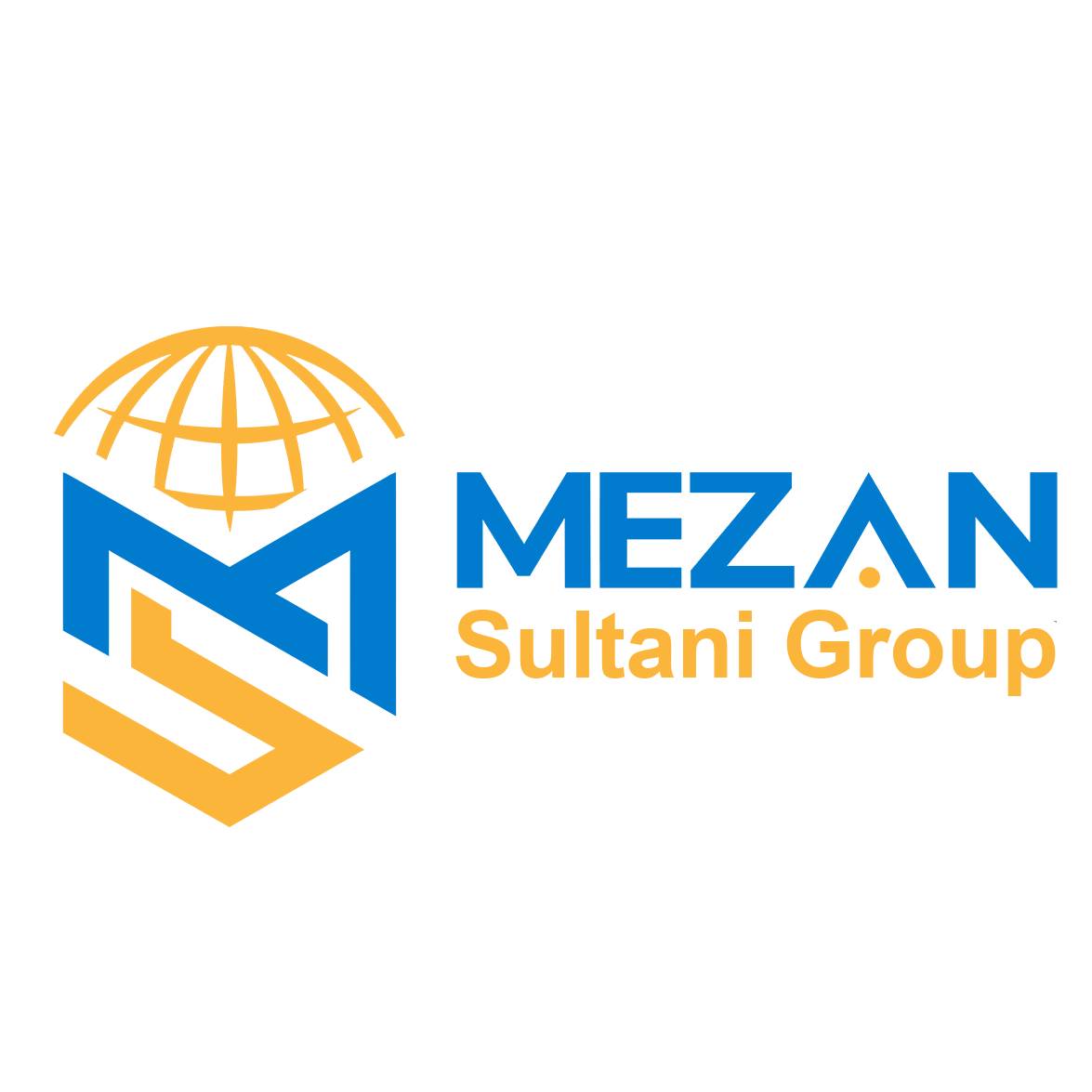
Deputy Project Manager
National Water Affairs Regulation Authority, Multi Location
About National Water Affairs Regulation Authority
In accordance with the Decree 36 of the presidential office of the Islamic Republic of Afghanistan in view of national politics and strategy of the country during 1398, the National Water Affairs Regulation Authority (NWARA) has been established from one existing ministry: Ministry of Energy and Water
The Government of Afghanistan has identified the rehabilitation and expansion of the country's physical infrastructure as one of its highest priorities for the reconstruction and development of Afghanistan. As part of the basic economic infrastructure of the country, the water sector occupies special prominence in the Government's development plans. Several major Water sector projects, funded by the National Development Budget and by international financial institutions and donors, are presently under implementation and planning under the general oversight of the National Water Affairs Regulation Authority (NWARA).
Given the technical complexity of the Water sector and the particular demands posed by the coordination of the projects that are being funded by various sources, the NWARA assists its administration that will be based in Kabul and will reinforce NWARA in its internal and external activities and projects smoothness and speediness in fulfilling its obligations for water sector development
Job Summary
PROJECT BACKGROUND
The Kajaki Dam is located on the Helmand River at latitude 32° 19' 20″ North, longitude 65° 07' 10″ East; (32.323N, 65.119E), in Kajaki District, Helmand Province, Afghanistan about 90 km northwest of Kandahar. The dam is considered high priority for ensuring adequacy of water resource for irrigation development and Power generation in the target area.
Kajaki Dam was originally planned to be built in phases. The initial phase of construction was to provide water storage for irrigating the Helmand Valley and was completed in 1953.American firm Morrison-Knudsen on contract for Afghanistan’s then royal government, with two 16.5 MW hydroelectric turbines subsequently installed by USAID in 1975, along with 110 Kilo-volt (v) transmission lines and substations that distributed their energy to the region. The power station of dam has space between the two existing turbines (one and three) for a third (turbine two), which was not installed before the US withdrew its aid to Afghanistan in 1979 following the Soviet military intervention. Spillway gates were not included in this initial phase and the dam was limited in its ability to regulate flood flows and provide flood reduction benefits. In 1975 the 33 MW powerhouse was completed and hydropower generation became an important function. Eventual spillway gate installation will allow Kajaki to regulate flood flow as well as provide additional irrigation and hydropower benefits to the Helmand Valley.
The objective of Kajaki Dam is for irrigation water storage, generation of hydroelectric power and water supply to the Helmand Valley. The service spillway gates are currently not installed and dam is limited in its ability to generate more power and regulate flood flows due to the fact that the spillway is uncontrolled. Water from Kajaki dam has vital role for domestic water supply in an indirect way by recharging the shallow aquifers along the river and irrigation networks.
Salient Feature of Dam Development Site
77 Construction USA Corp plans to increase the capacity of Kajaki Dam constructing an additional powerhouse next to the existing one with three units of 100MW installed capacity (3 x 33.3MW). In the first phase of the project, two units (each of33.3MW) are planned to be installed. Other unit (33.3MW) is planned to be installed in the second phase of project. This capacity increase is provided raising the dam height and placing radial gates on service spillway.
Objectives of Kajaki Dam Phase ΙΙ
The main objective of this Kajaki Dam Phase II Project is to increase both level and storage of the Kajaki Dam and Reservoir. The current normal operation elevation of 1033.50 m is to raise and new proposed operation elevation is 1045 m.
Scope of the Project
- Increasing the normal elevation of Kajaki Dam’s reservoir water level from 1033.50 to 1045m.
- Completion of the Controlled spillway and installation of radial gates that will allow for the reservoir pool elevation to be raised to its originally designed elevation of 1045 m.
- Increase the installed capacity from 51.5 MW to 151.5 MW;
- New power house construction with 100 MW installed capacity included 3 units, each 33.33MW;
- Hydro-Mechanical equipment;
- Electro-mechanical equipment.
Duties & Responsibilities
- Responsible for the overall implementation of the contract in accordance with GoA procedures and regulations.
- Responsible for the completeness, quality and timely submission of project reports.
- Monitor project progress and take action to address shortcomings.
- Ensure facilities to be provided by the director are available as required.
- Overall responsibility for financial control, withdrawal applications, payments, etc issues of the Project.
- Co-ordinate project activities and maintain a high level of co-operation and commitment from the various stakeholders including the contractor, NWARA and associated ministries, local authorities, NGOs, traditional leaders and affected communities.
- Ensure the works are constructed in accordance with best practice and to a high standard.
- Work with the district liaison committee to (i) ensure the community’s requirements are incorporated into the designs; (ii) address problems that may arise during the construction phase; (iii) seek support for implementing the reticulation system.
- Co-ordinate measurement of quantities and prepare monthly payment certificates.
- Control expenditure and prepare budgets in accordance with MoF regulations.
- Contract administration, preparation of instructions, variation orders (within financial limits), etc.
- Approve materials and equipment to be installed by the contractor.
- Manage and direct the team of construction supervision engineers; collate daily diaries and prepare monthly progress reports for Project Manager/ Director.
- Paying regular visits to the sites as and whenever requested/required.
- Support the PM in the development, maintenance and strengthening of key strategic partnerships with the client, and other potential donors;
- Assist the PM in identifying, mitigating, and managing project risks;
- Draft, edit and manage the compilation and submission of periodic project progress reports to donors in a timely manner;
- Monitor contract obligations, develop management systems and accountabilities to ensure all contract obligations are tracked and met, including GoA, contractor and client/donor contract obligations.
- Participate in lessons learned sessions;
- Ensure that the project(s) produce(s) the required products within the specified tolerance of time, cost, quality, scope, risk and benefits.
- Reporting Directly to Kajaki Phase II Project manager / Directors of Projects Quality Control.
- Other Duties and Responsibilities as assigned by the Supervisor.
Job Requirements
Qualifications and Experiences:
- Minimum Bachelor degree in one of the relevant fields: Engineering/ Management and have a degree at the level of bachelor (with focus on monitoring, reporting, development and coordination in either public or private sector organizations) with 5 years of experience, or a degree at the level of Masters with 3 years of experience in hydropower/Hydraulic infrastructure structure project or hydropower-related environmental and social issues.
- Analytical ability, practical problem-solving skills, and resourcefulness in performing varied tasks in the area;
- Demonstrated skills in retrieving, gathering and obtaining information from various sources;
- Sound organizational skills and ability to prioritize and deliver assignments in a timely manner often under severe time pressures;
- Demonstrated leadership and managerial skills and initiative in developing practical approaches that improve efficiency and effectiveness of the project;
- Experience with capacity building and institutional development related to social development issues;
- Strong inter-personnel skills and commitment to work in a team-oriented, multi-cultural environment;
- Language skills: Fluent oral and written skills in English;
- Computer literacy: Proficient in PC based applications such as Word, Excel and Power Points.
- Certification in PMP or Prince2 Foundation and Certification in PRINCE2 Practitioner desirable;
Submission Guideline
Interested and qualified Individuals who want to apply for the position are required to follow the below instructions:
Write Application Letter explaining your suitability for the position.
Fill NWARA/MSU Job Application Form.
Send your Letter and Application Form, Education certificate and experience document in one single document (Docs/PDF).
Indicate Position Title and Vacancy No. on the subject line of the Email.
Only short listed candidates whose education and experiences correspond to the job requirements will be contacted for further steps.
Incomplete and wrong applications will be ignored without any consideration.
National Water Affairs Regulation Authority is an equal opportunity employer.
Download the Application format and Job Application Form from end of this page which is attached.
The candidates who send their cv without any supporting document will be omitted from the process
Applicants can submit their applications hard copies to the following address:
Human Resources Section of National Water Affairs Regulation Authority Support Unit
National Water Affairs Regulation Authority
District #7 Dar-Ul-Aman Road,:
Mohebullah Majrooh +93(0)789777778/775666111
Mohammad Naser Moradi +93(0)744252320
Functional Area
Countries
Submission Email
Attachments
NWARA Job Application Form.doc
Post Date
Jun 30, 2020
Closing Date
Jul 08, 2020
Reference
MSU/NWARA-046-1397
Number of Vacancies
1
Salary Range
As per NTA salary scale
Years of Experience
5 - 6 years
Probation Period
3 month
Contract Type
Long-term
Contract Duration
1 year
Contract Extensible
true
Minimum Education
Bachelor's Degree
Gender
Any
Related Jobs














NETLINKS Plaza | Shahr-e-Naw,
Lane 3, Kabul, Afghanistan
Quick Links
For Companies
For Jobseekers
- info@jobs.af
- Contact Us
Contact
